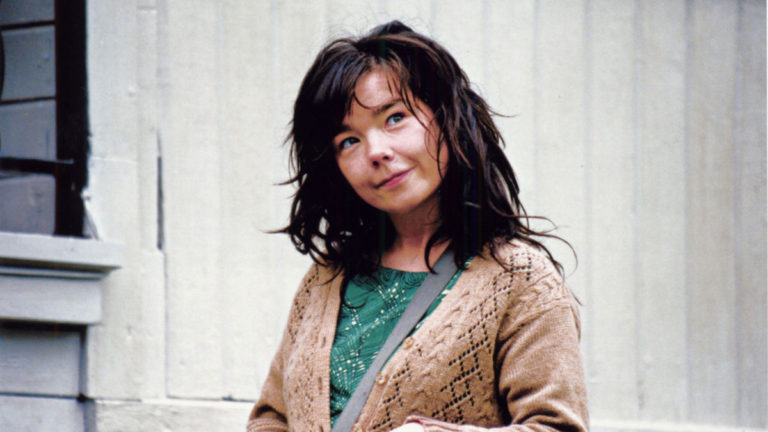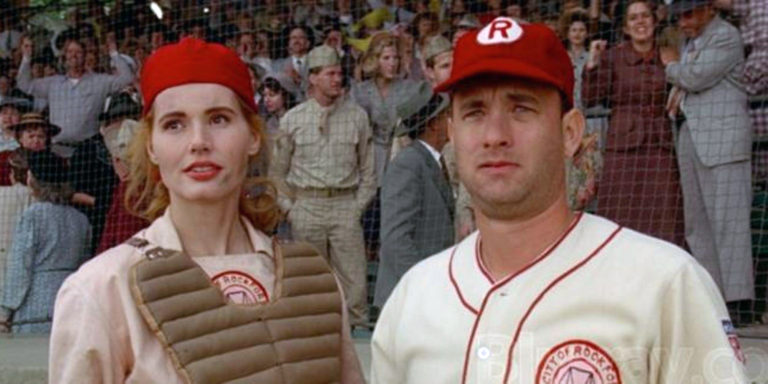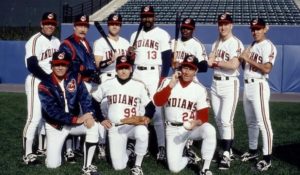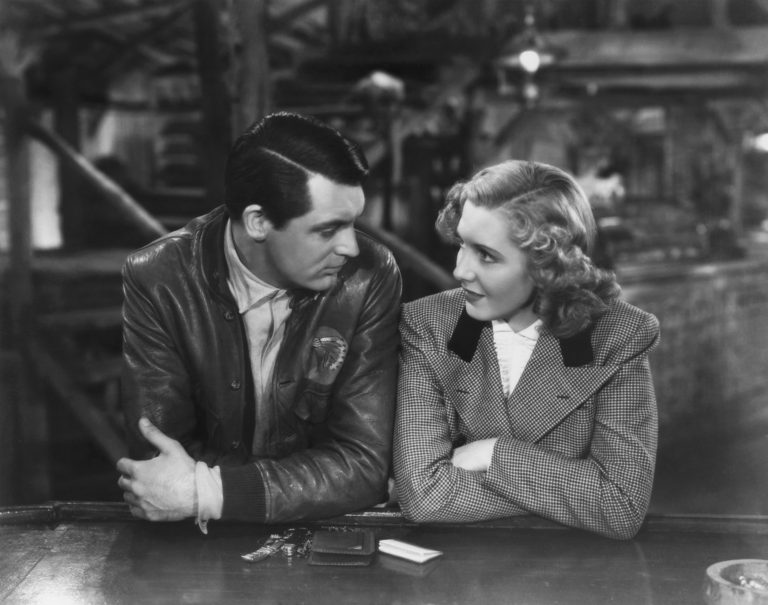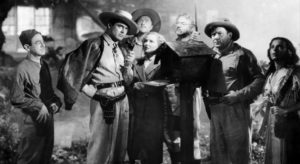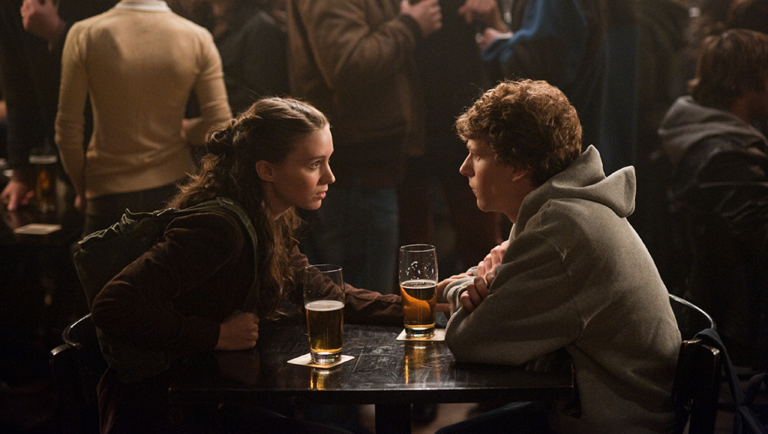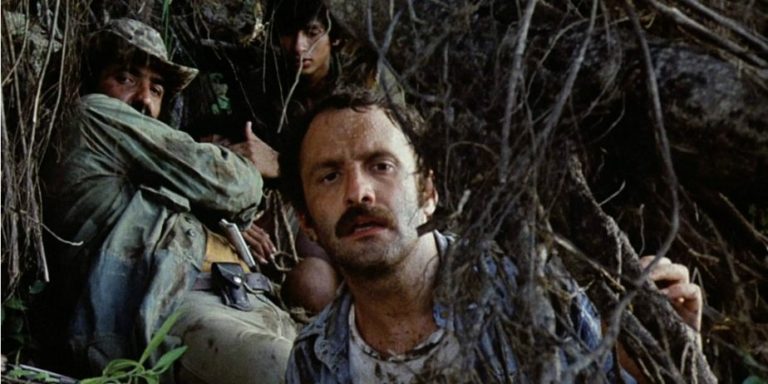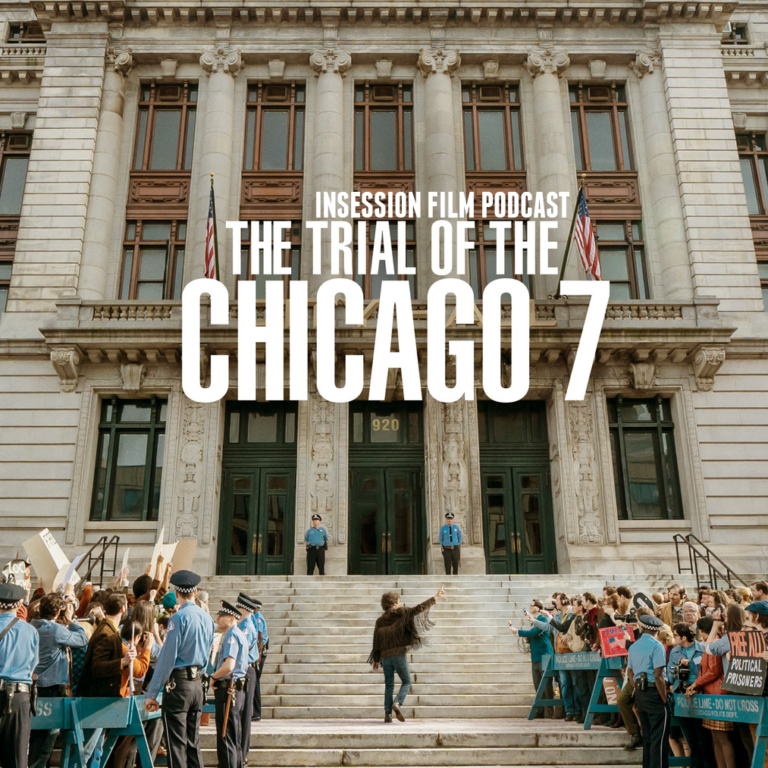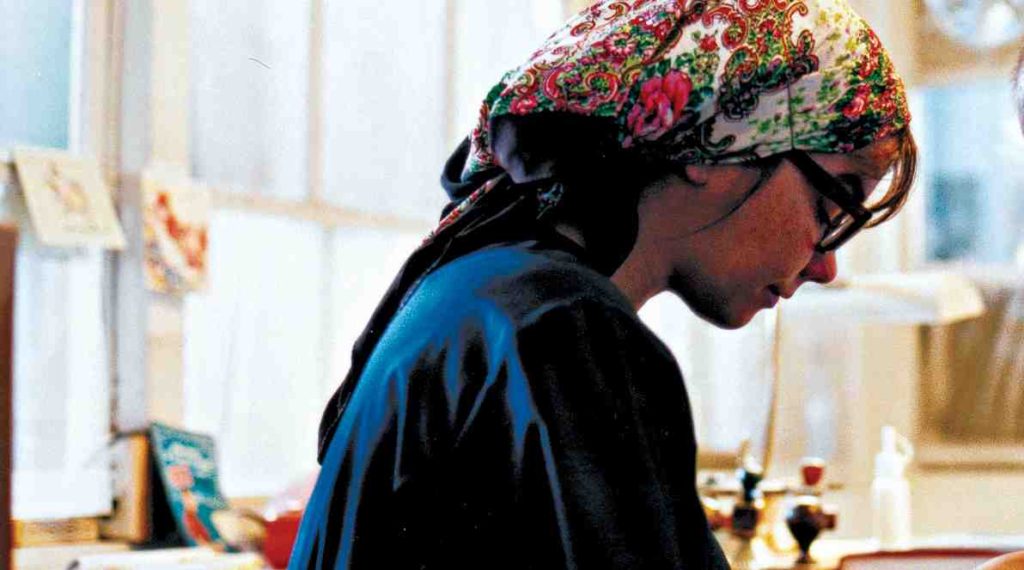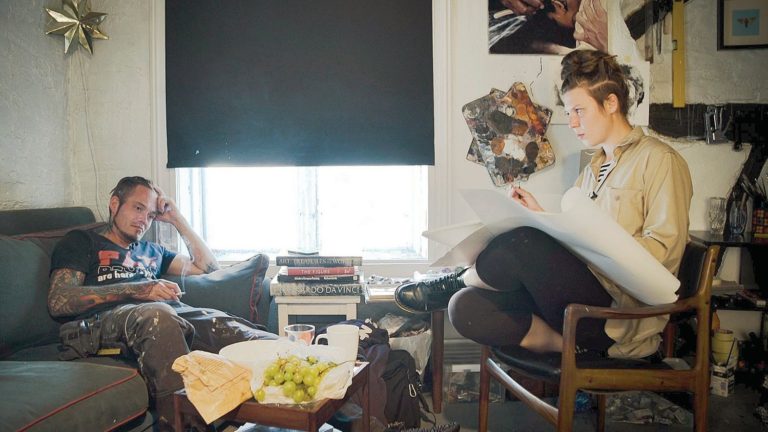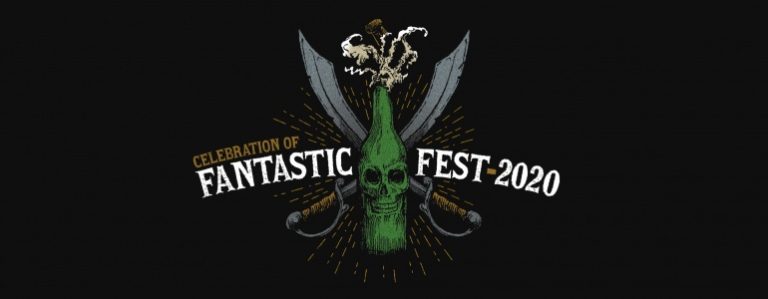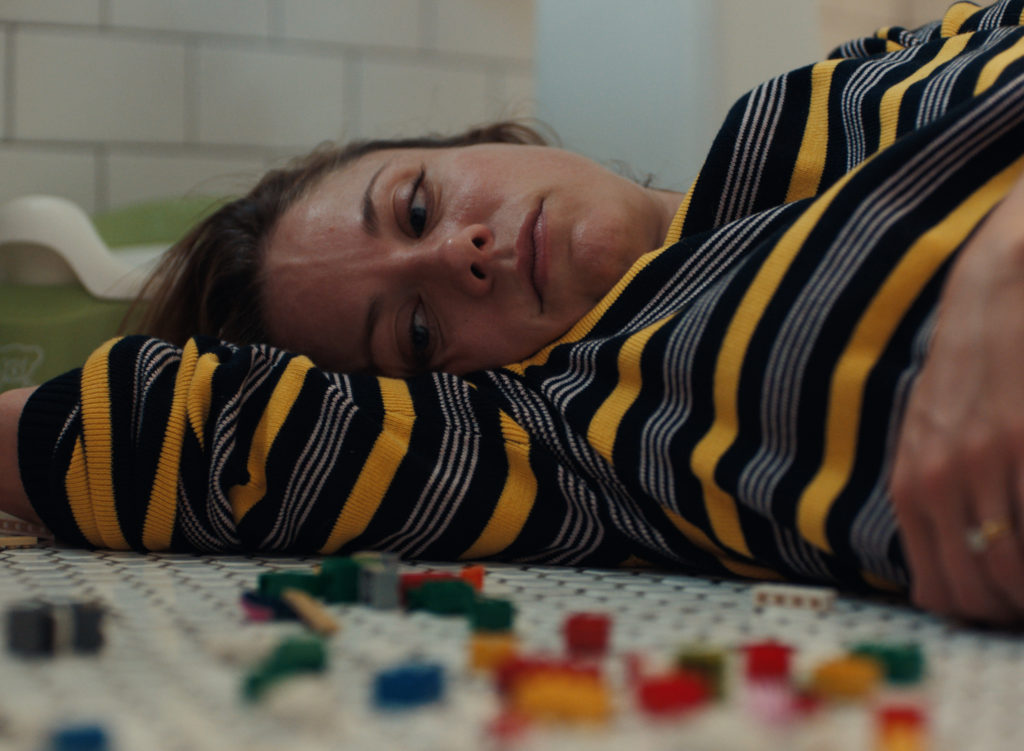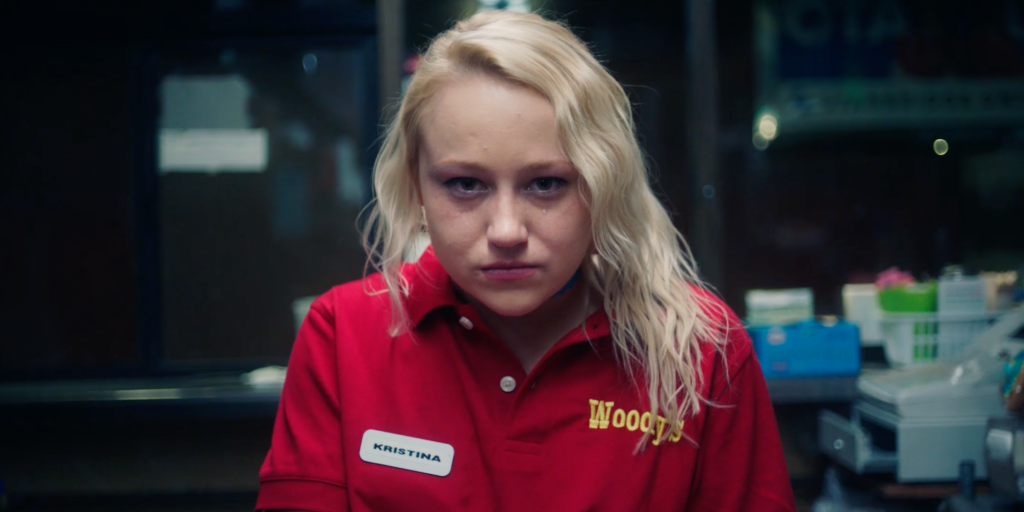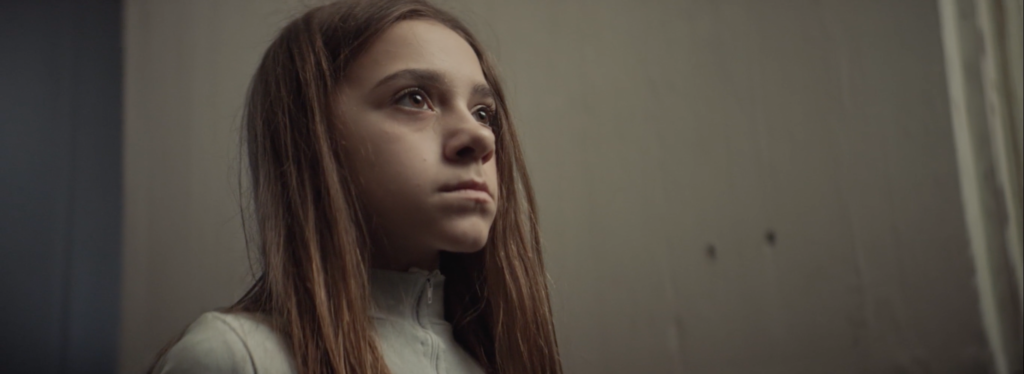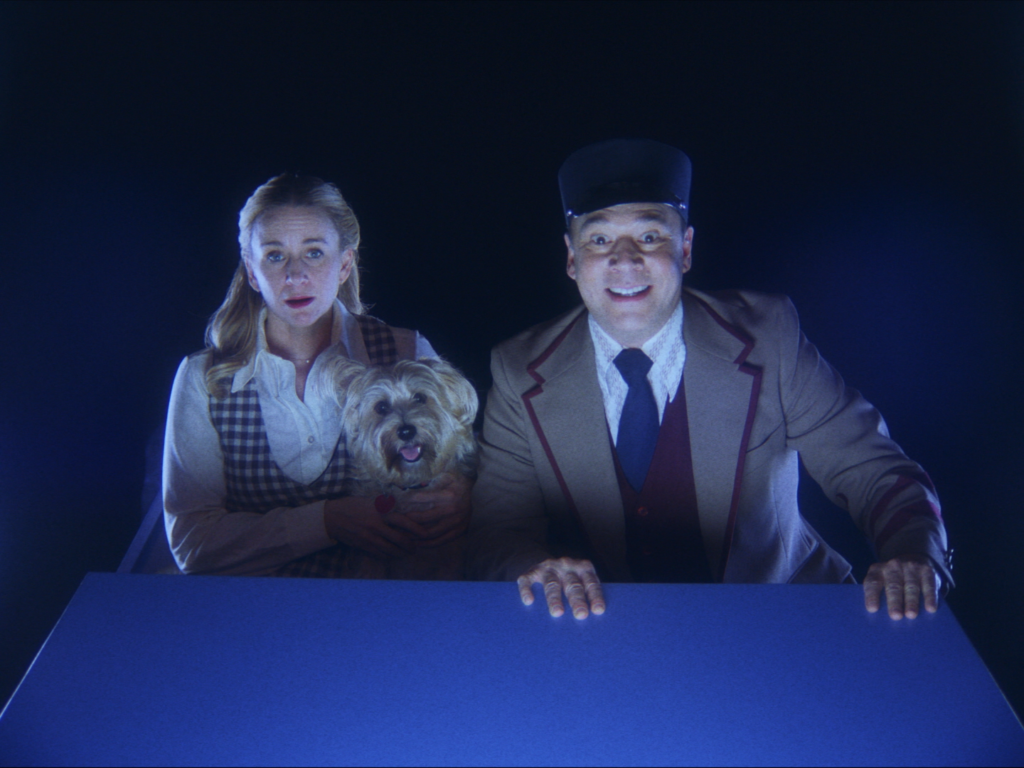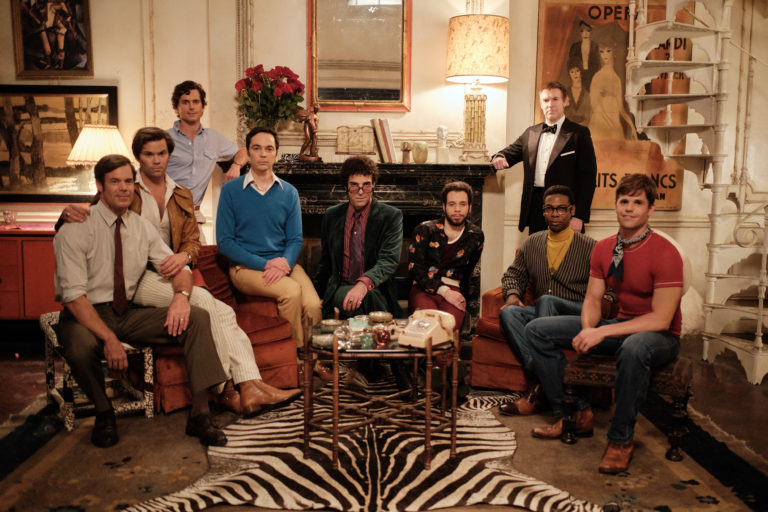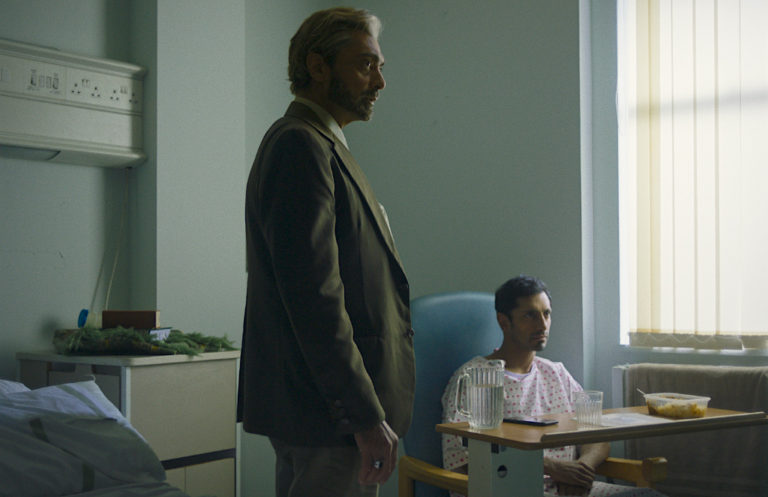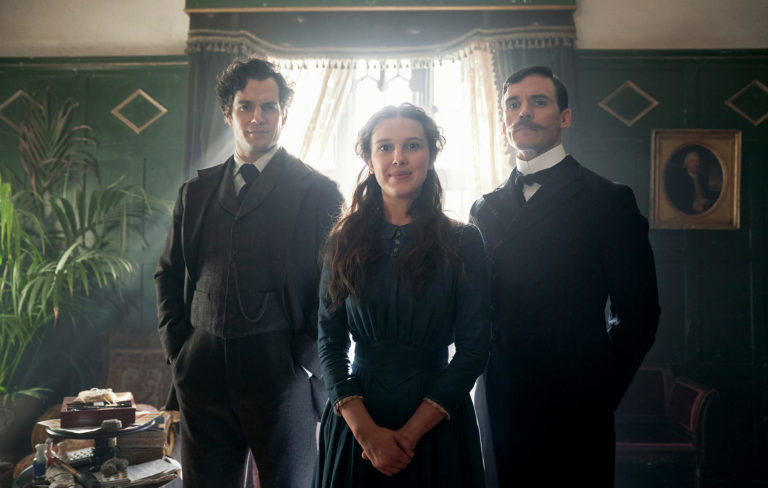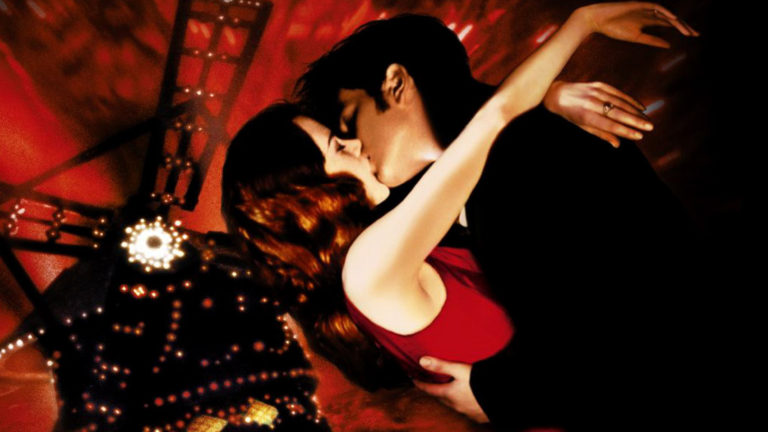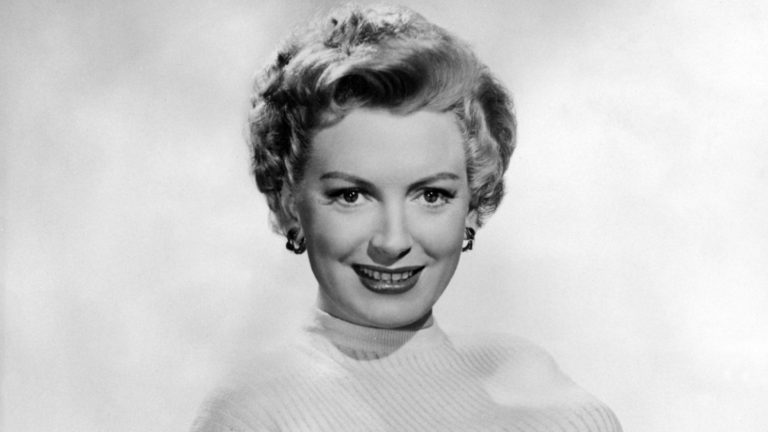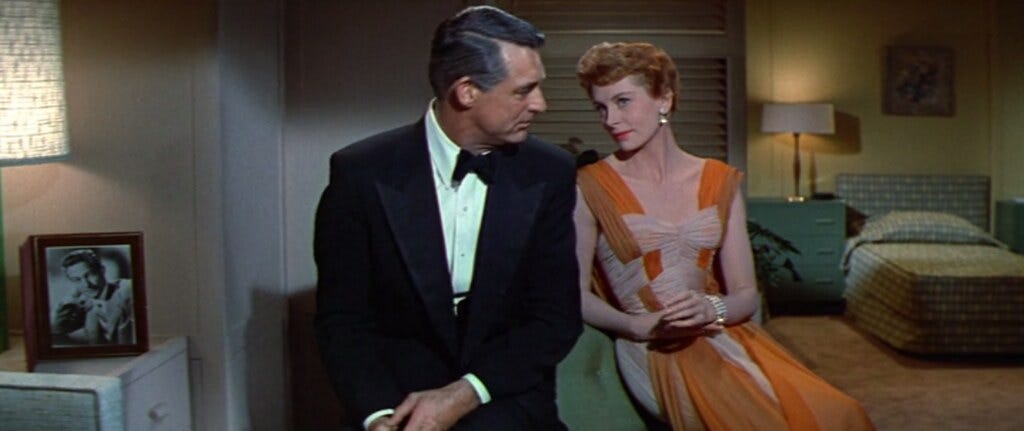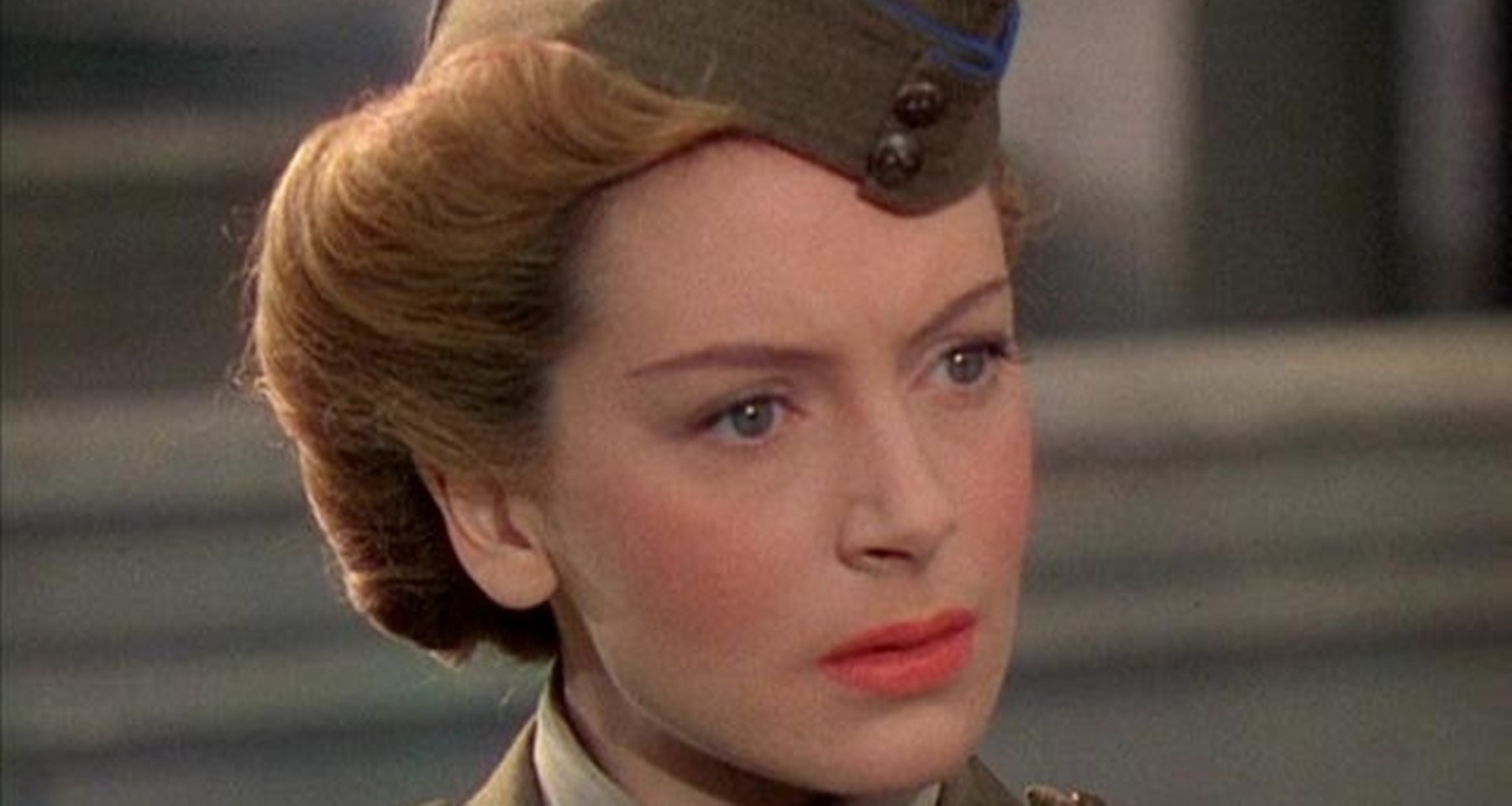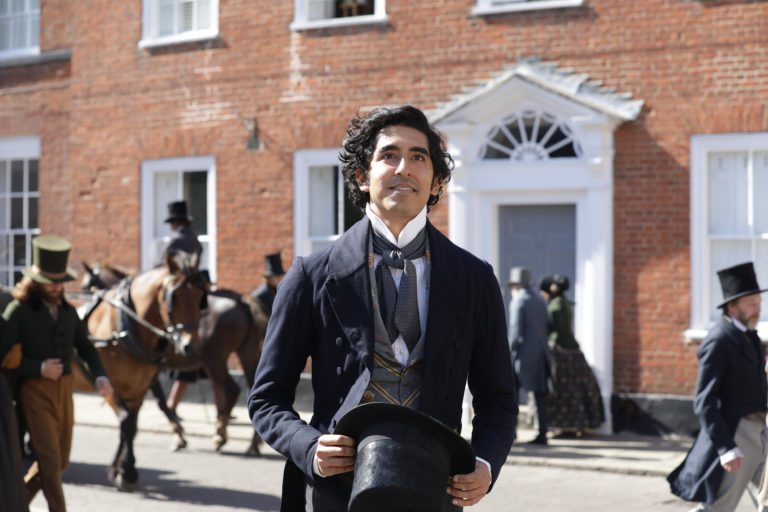Director: Phyllida Lloyd
Writer: Malcolm Campbell, Clare Dunne
Stars: Clare Dunne, Harriet Walter, Conleth Hill
Synopsis: Young mother Sandra escapes her abusive husband and fights back against a broken housing system. She sets out to build her own home and in the process rebuilds her life and rediscovers herself.
[/info]
Irish cinema has grown from strength to strength over the last few years, and the wealth of talented filmmakers and actors coming from the country is making it hard to ignore. In the last few years, films such as Brooklyn, Sing Street, and Once have captured the hearts and imagination of audiences all over the world, with the latter even winning the Academy Award for Best Original Song. With Herself comes another Irish drama that is filled with a lot of heart as well as a wealth of fantastic performances.
The story centers around Sandra (Claire Dunne) who flees from her abusive husband Gary (Ian Lloyd Anderson) and seeks to find a better and safer life for her two daughters. Frustrated by the housing system, she comes up with the idea of building her own home, seeking out a blueprint, a list of materials, and a budget of €35,000. Along this difficult journey, Sandra receives help from many, including Peggy (Harriet Walter), a woman who her mother used to clean for and offers to use the space in her garden to build the house, and Aido (Conleth Hill) who she first meets standing up for her at a DIY shop.
The strongest aspect of Herself is the fantastic ensemble performances and the relationships that Sandra has with them. Irish stage actor Dunne is undeniably excellent in the leading role, who shows the vulnerability of Sandra while also showing her tough, never-say-die attitude. It’s a performance reminiscent of Brie Larson’s Oscar-winning role in Room in the way she portrays multiple layers on the back of an abusive relationship. Hill is unrecognizable from his days as Lord Varys in Game of Thrones and is a welcome breath of fresh air to the film after an uncomfortable start. Walter is no doubt the MVP however, a tough no-nonsense thinker who protects and comforts Sandra throughout the film in a way we wish we could as the audience. Her calm and graceful performance carries the film through its darkest moments and will be marked down as another stellar performance from a veteran of the screen.
Phyllida Lloyd’s direction is assured and confident, handling the film’s most delicate moments with enough care to allow us as the audience to become invested. The first few minutes are extremely tough to sit through, but understandably important to give insight into Sandra’s abusive past and to demonstrate the difficulties she’s been through. These moments crop up throughout the film and often lead to jarring changes of tone, especially when reliving past experiences.
There’s also a feeling of heightened reality throughout, which can distract from the gritty realism of some of the film’s emotional scenes involving Sandra not wanting to send her daughters back to Gary to visit. How quickly and efficiently the house comes together feels rushed, especially given the lack of experience of some involved.
The screenplay is another of the film’s strongest aspects, with the screenplay from Malcolm Campbell and leading lady Claire Dunne filled with engaging dialogue and intriguing plot points. It’s clear watching with the knowledge that Dunne co-wrote the script just how much she gets the character of Sandra, from her mannerisms to the way she interacts with particular characters. Much like Lloyd’s direction, the script is delicate and handles a tough subject matter extremely well, even if the tone from scene to scene feels uneven. It also struggles to demonstrate the passing of time occasionally, however, it’s easy to become swept into the emotion of particular scenes that this isn’t much of an issue.
The film’s soundtrack is great by itself but sometimes feels out of place and a distraction considering the tone of the rest of the film. While The Killers’ Run for Cover works very well, there are other instances of pop songs playing over particular action sequences that don’t quite fit.
The ending catches you off-guard, a bittersweet conclusion that is both satisfying and unsatisfying depending on which story thread you find yourself most invested in. The most important point though is that all loose ends are tied up, whether it be through what is seen on screen or what is explained through dialogue.
Overall, despite an occasionally uneven tone and distracting soundtrack, Herself works because of the strength of its ensemble and the heart it carries. Dunne will no doubt be offered future leading roles and is certainly an actress to keep an eye on, while Walter is worthy of citations come awards season, even if it’s some of the smaller ceremonies. Herself has a lot of heart and when focused on a character who’s been through so much but refuses to lie down and give up, it’s hard not to admire. Another solid selection by the London Film Festival and will help bring eyes to a potential new star.




